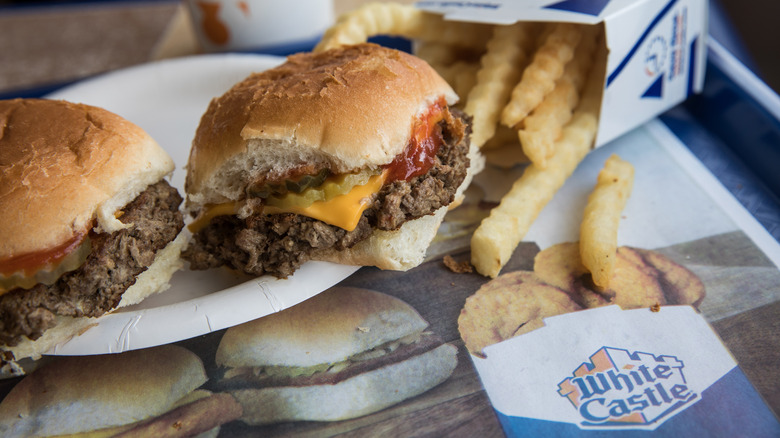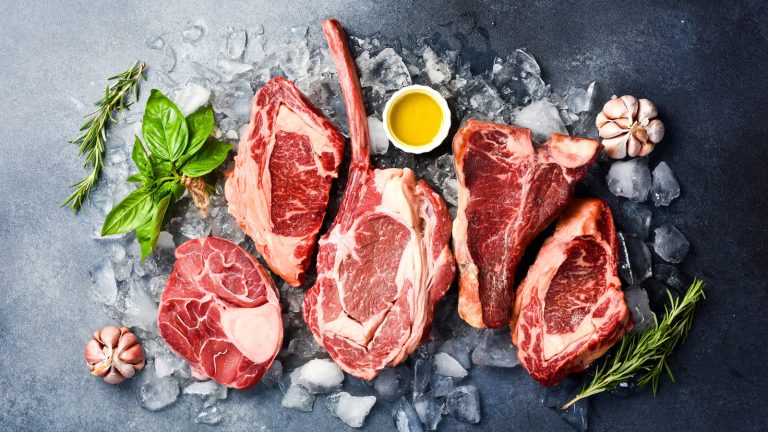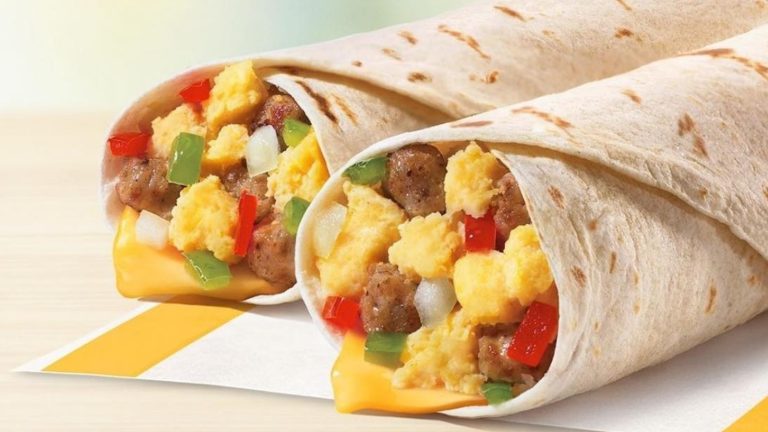There are certain mental images that immediately pop up when the topic of fast food arises, such as late-night trips to McDonald’s and the always-affordable Taco Bell, or road trip refueling stops at Starbucks or Dunkin’. But there’s one place likely to be conspicuously absent from the most top-of-mind memories, which is ironic because it’s the institution that started it all — the originator of fast food as we know it: White Castle.
While the primary association many millennials and Gen Z-ers have with White Castle will probably be in the context of the 2004 stoner comedy “Harold and Kumar Go To White Castle,” the 100-plus-year-old chain deserves its moment in the sun — not only for creating the fast food industry when it opened its doors in 1921, but also for surviving the rise of a legion of competitors and imitators. While it may have been surpassed by the likes of McDonald’s, which didn’t open its doors until nearly 20 years later, it has displayed remarkable resilience, still boasting 345 locations nationwide as of May 2024.
Its burgers might not be considered peak gourmet — coming in just 11th in a 2024 ranking of best and worst fast food burgers based on Reddit reviews — but that didn’t stop the chain from experiencing over $104 million in growth from 2019 to 2023, based primarily on its 24-hour operation, a policy which dates back to its founding in the 1920s.
Fast food has a longer history than you might think
Whether or not you consider White Castle the first fast food joint in history depends largely on your definition of the phrase “fast food.” Human beings have been preparing food to take on the go for about as long as human civilization has existed, even if it wasn’t always parceled up in neat little wax paper wrappers.
Allegedly, the concept of selling prepared food in marketplaces to hungry customers stretches as far back as ancient Mesopotamia, generally considered the oldest civilization in the world. The Mesopotamian diet largely featured stews and grains, and it stands to reason that these foods would be prepared beforehand and ladled out upon request, rather than made to order — thus making them, in a way, the first fast food. That said, many consider the origins of fast food to lie in the Roman Empire, where thermopolia, or “hot drink counters,” would sell baked goods, legumes, and cheeses, along with warm spiced wine to the working class of Rome. In the 5th century B.C., street food noodle stands became popular in Chinese cities, including some which, like White Castle, stayed open all night.
Fast forward to the late 1800s, when the rise of automats took the concept of the thermopolia into the modern age. These self-serve, industrial-style cafeterias paved the way for the assembly-line model that White Castle would soon pioneer. Inspired, in part, by the ideals of a rapidly expanding suburbia, consumers grew to cherish this uniformity in their fast food.






